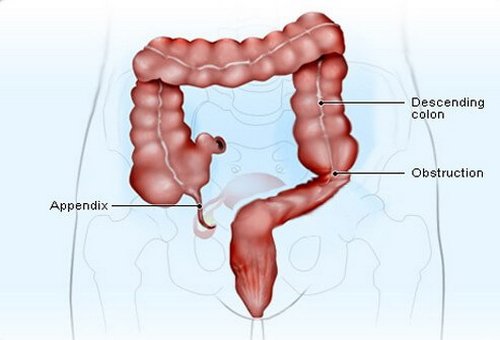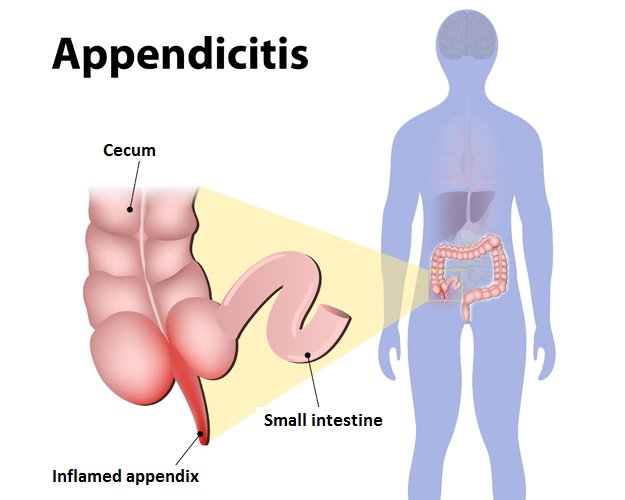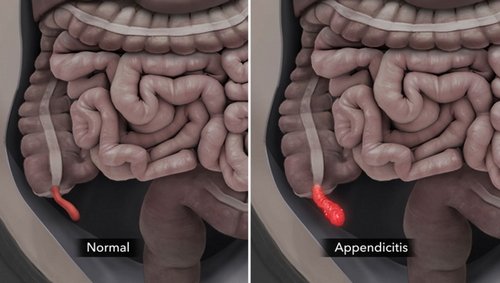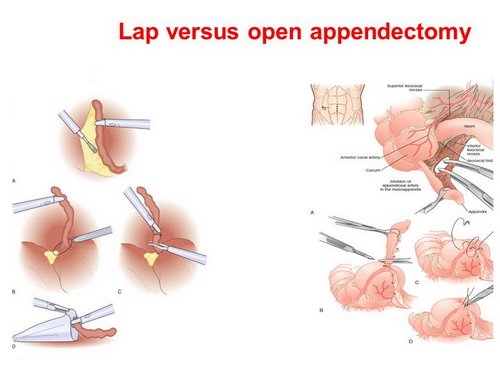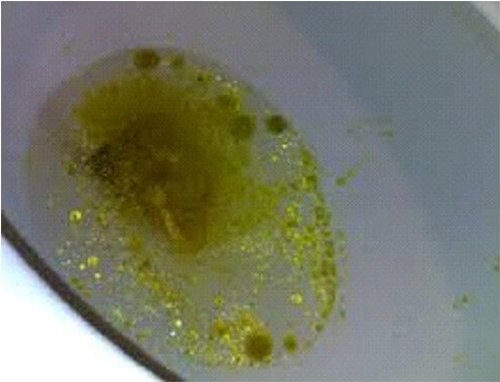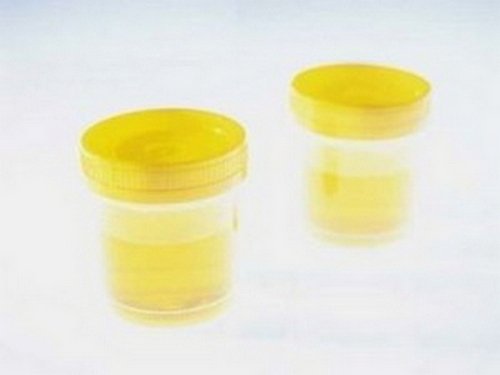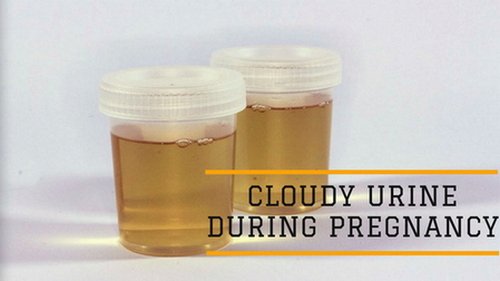What is Transvaginal Mesh
The pelvis is a delicate area because it encloses essential organs such as the bladder, vagina, and rectum. The muscles supporting the pelvic area are called pelvic floor muscles.
In some circumstances, women may experience pelvic floor dysfunction. Studies showed that about 50% of women who have undergone child birth experienced pelvic floor dysfunction or pelvic organ prolapse.
A dysfunction in the pelvic floor can also be due to hormonal changes, especially when a woman go through menopause. Performing strenuous activities such as heavy lifting for a long period of time can also affect the tightness and elasticity of the pelvic muscles. Obese women are prone to pelvic floor dysfunction. (1, 2, 3)

Photo 1: An image illustrating pelvic floor dysfunction.
Picture Source: www.holisticpaindoc.com
Pelvic floor dysfunction symptoms include the following:
- Involuntary urine leakage with simple activities such as coughing, sneezing, or walking.
- Pain, discomfort, and a feeling of heaviness in the vaginal area.
- Sexual intercourse is extremely difficult for women secondary to pain and discomfort.
- In severe cases, women have a total loss of sensation, which makes it extremely difficult to push when urinating. (2, 3, 4)
To find relief, patients should undergo reconstructive surgery. One of the commonly used ways to correct pelvic floor dysfunction is by implanting a transvaginal mesh. It is also called urogynecological mesh, pelvic mesh, and bladder sling. (3, 4)

Image 2: Women who have had numerous child birth are prone to pelvic floor dysfunction.
Photo Source: pbs.twimg.com

Picture 3: Extremely overweight/obese women are prone to pelvic floor dysfunction.
Image Source: static.dnaindia.com
Who are at risk for pelvic floor dysfunction?
- Those who have family history of pelvic floor dysfunction.
- Those who have undergone child birth, especially those who have multiple child birth.
- Pelvic floor dysfunction is linked with hormonal imbalance, which is common in women in their menopausal stage.
- Extremely overweight/obese women.
- Those who are exposure to strenuous activities for a long period of time.
- Women in their geriatric years. The tissues and ligaments surrounding the pelvic organs become weak with age.
- Women who have been coughing for a long period of time such as in the case of chronic smokers. (4, 5, 6, 7)

Photo 5: A closer look at a transvaginal mesh.
Picture Source: dss.fosterwebmarketing.com
What is transvaginal mesh?
A transvaginal mesh is an implant that corrects pelvic floor dysfunction such as stress urinary incontinence and pelvic organ prolapse. It is a net-like implant available in various forms such as tape, ribbon, sling, mesh, and hammock. It is made from synthetic polypropylene. A transvaginal mesh is implanted in women to hold up a loose and weakened muscles and tissues in the pelvic area. Implanting transvaginal mesh can be done in two ways:
- Transabdominal (abdominal route) – A small abdominal incision is created and a mesh is implanted in proper place. (5, 6)
- Transvaginal (vaginal route) – The vagina is opened and the mesh is inserted and placed in a secure place. It helps treat urinary incontinence by creating an angle between the urethra and bladder. (6, 7)

Picture 6: A transvaginal mesh is used to treat and manage pelvic organ prolapse.
Image Source: i.ytimg.com
What is transvaginal mesh used for?
- Stress urinary incontinence
- Bladder prolapse
- Pelvic organ prolapse (6, 7, 8)
What could go wrong?
A mesh implant had been used in other parts of the body and there were no complications, adverse reactions, or injuries reported. However, the mesh reacts differently when inserted in the abdomen and in the vagina.
There are reported cases of serious physical complications in women who have undergone surgical mesh implants. Pelvic mesh symptoms include:
- Erosion
- Perforation of the organ in the pelvic region
- Pain in the pelvic area
- Vaginismus (painful sexual intercourse and trouble inserting anything in the vaginal area)
- Inability to sit (4, 5)
- Pudendal and obturator nerve damage
- Neuralgia (painful nerve pathway)
- Vaginal infection and bleeding
- A feeling that something is protruding from the genital area
- The pain in the vaginal area gets severe with movement and exercise (9, 10)
The two primary complications of transvaginal mesh are erosion and organ perforation. Erosion takes place when the mesh gets in contact in the patient’s soft internal tissues. The patient will complain of severe pain. The mesh protrudes through the vagina. In a vaginal examination, you will see a part of the mesh in the vaginal wall.
For the patient to experience relief from erosion, the transvaginal mesh should be removed as soon as possible before it can affect other delicate organs in the pelvic area. The problem with transvaginal mesh removal is that it is an extremely delicate procedure.
Most of the time, it will require numerous surgeries for the mesh to be completely removed. In fact, surgery does not guarantee that the mesh will be removed completely.
Organ perforation is another serious complications of transvaginal mesh. In a severe case, the mesh can cause injuries to the surrounding organs, especially the bladder, urethra, and rectum. If multiple organs are severely damaged, the patient will experience breathing problems and severe infection.
Depending on the severity of the infection, the patient might need another surgery apart from surgical removal of the mesh. Blood transfusion might be necessary too, especially if the patient has severe blood loss.
These transvaginal mesh complications can significantly affect the way patient’s way of life. Given the surgical mesh complications symptoms mentioned above, it would be extremely impossible for women to perform activities of daily living. Social and intimate relationship will be significantly affected too.
Because of these transvaginal mesh problems, the Food and Drug Administration (FDA) issued a warning against the use of transvaginal mesh. It is a high-risk device and those who are planning to have it should know the pros and cons of transvaginal mesh implant.
However, some surgeons continue to use it despite FDA warning. This has triggered class actions, especially in countries where transvaginal mesh is extremely popular (United Sates, Australia, and United Kingdom).
Because of these controversies, some of the popular manufacturers of transvaginal mesh recall their product. The transvaginal mesh recall is in responds with FDA’s decision to reclassify transvaginal mesh as a high-risk device. (11, 12, 13, 14, 15)
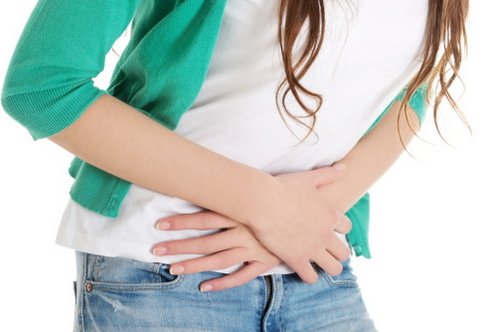
Image 7: Pain and discomfort are just some of the many complications of transvaginal mesh.
Photo Source: www.dolmanlaw.com
Why surgeons used transvaginal mesh?
Transvaginal mesh was useful in the treatment of pelvic floor dysfunction. There were significant improvement in the patient’s condition. However, its long term effect was not sufficiently established.
Transvaginal mesh manufacturers marketed the product to surgeons with much emphasis on the durability and efficacy of the product. They were assured that the product is extremely durable and could lead to faster recovery period.
Surgeons continue to use transvaginal mesh until such time that some women start complaining of pain, discomfort, and bleeding. In 2008, the Food and Drug Administration issued warnings against the use of transvaginal mesh. In 2014, FDA re-classified transvaginal mesh as a moderate to high risk device.
Thousands of women who have undergone transvaginal mesh implant who suffered complications decided to file a lawsuit. Some resulted to transvaginal mesh settlement while others have gone to trial. (2, 4, 6, 7)
Pelvic mesh lawsuit
Is there really a basis for pelvic/transvaginal mesh lawsuit? Transvaginal mesh complications are relatively minor, but there are a few reported cases of severe complications such as erosion leading to painful sexual intercourse, pain in the back and legs, formation of fistula and scars in the vaginal region.
Most of these complications usually take time. It could even take years post transvaginal mesh implant before the patient starts experiencing complications. This makes the complications quite difficult to address given the fact that thousands of women have transvaginal mesh implant. (2, 5, 7)
- United Kingdom – In the UK, there are roughly 17,000 women who have undergone transvaginal mesh implant per year, according to the 2014 government report.
- United States of America – In the US, about 300,000 women undergo surgical approach for prolapse every year and one out of three patients has a transvaginal mesh implant. In fact, more than 80% of mesh implants were done via transvaginal route.
- Australia – The exact number of patients who have had transvaginal mesh implant is quite difficult to determine as there is no accurate data available. Surgeries to treat prolapse is usually written under the vaginal repair category. According to the Australia’s Therapeutic Goods Administration, they strongly believed that thousands of women in Australia have undergone transvaginal mesh implant. (6, 8, 9, 10, 11)
Is the surgical mesh implant permanent?
A transvaginal mesh implant is an irreversible surgical procedure. Five to seven days post mesh implant, the device is embedded in the surrounding tissues for better pelvic support. There are instances when the mesh is exposed in the vagina. What the doctors usually do is they cut the mesh and perform stitches.
The procedure requires local anesthesia as there are stitching involved. In the event that the patient suffers from serious complications, the doctor will remove the mesh. The surgical mesh removal can be a lengthy procedure and there might be some risks involved.
Before a patient should undergo a transvaginal mesh implant, the procedure should be thoroughly explained to the patient. The pros and cons, especially the risks involved should be discussed so that the patient will know what to expect after the procedure.
If you have a transvaginal mesh implant and suffered complications, then you should file for a transvaginal mesh lawsuit. A class lawsuit is a must, especially if the risks involved in transvaginal mesh surgery is not properly explained by your surgeon. (3, 6, 9, 11, 12, 15)
Contact a transvaginal mesh lawyer
If you are experiencing transvaginal mesh side effects as indicated above, then you are not alone. Thousands of women all across the globe suffer from transvaginal mesh injuries. To find out if you have a solid case, you should consult a personal injury lawyer, specifically a transvaginal mesh attorney. The best lawyer can help you determine the best legal action. With a strong case build up, you might be entitled for transvaginal settlements.
It is important to have a lawyer by your side for you to find out the best legal options. You will be able to find out the right course of action. The lawyer makes sure that you will receive a fair and just settlement.
On top of that, the lawyer also ensures that you will receive appropriate treatment and care. Mesh-related problems require a combination of different modalities such as surgical repair and pelvic physical therapy. Victims are entitled to:
- Proper medical care
- Rehabilitation
- Pain and suffering
- Medical cost
- Emotional trauma
- And settlement for the damages incur post-surgical mesh implant. (5, 8, 13, 14)
How much settlement are you entitled to?
The exact settlement amount varies from one person to another as each case is unique. The damages will be determined based on the severity of the mesh injury. Some received hundreds of dollars while others receive millions.
Those who received bigger amount had their case go to trial, especially if the complainant and the mesh manufacturer have not reach agreements. As with the settlement amount, there are a few things that need to be considered such as:
- The type of injury sustained by the patient.
- The extent and duration of the injury.
- The effect of transvaginal mesh complications in a patient’s life and overall well-being.
- The physical and emotional distress the patients and their immediate family have to go through because of mesh’s complications.
- Medical expenses secondary to vaginal mesh complications.
- Income loss secondary to vaginal mesh injury.
The manufacturer of the transvaginal mesh should not be the only one liable for the injury and complications. Even surgeons can be held accountable too. Scenarios where doctors can be held liable include:
- The doctor wrongly placed the implant leading to injuries and complications.
- The doctor fails to warn the patient about the possible side effects and complications of mesh implant.
If you feel like you have a strong case, then you should seek the advice of an experienced transvaginal mesh lawyer. The best lawyer makes sure that you will receive fair and just compensation. Transvaginal mesh complications and injuries can significantly affect the patient’s way of life.
In fact, some of them can be extremely fatal. The patients and their immediate family are surely in a stressful situation. To help and guide you through the legal process, you need the help of an experienced transvaginal mesh lawyer. He will make sure that you will be compensated for all your sufferings, pain, and discomfort. (4, 6, 8, 9, 13, 14, 15)
References:
- http://injury.findlaw.com/product-liability/transvaginal-mesh-injury-overview.html
- http://www.bbc.com/news/uk-scotland-27887766
- https://www.drugwatch.com/transvaginal-mesh/
- https://www.theguardian.com/society/2017/aug/31/vaginal-pelvic-mesh-explainer
- https://www.mayoclinic.org/diseases-conditions/pelvic-organ-prolapse/in-depth/transvaginal-mesh-complications/art-20110300
- http://www.abc.net.au/news/2017-11-30/controversial-vaginal-mesh-implants-banned-for-pelvic-prolapse/9209940
- https://www.thesun.co.uk/fabulous/4710046/vaginal-mesh-implants-incontinence-treatment-cures/
- http://www.sheknows.com/health-and-wellness/articles/1136976/transvaginal-mesh-implants
- http://www.healthissuescentre.org.au/consumers/transvaginal-mesh-implants
- https://www.womenshealthmag.com/health/transvaginal-mesh
- http://www.independent.co.uk/voices/vaginal-mesh-scandal-sling-tvt-risks-death-procedure-womens-health-gynaecology-feminism-sexist-a8093071.html
- http://www.independent.co.uk/voices/vaginal-mesh-scandal-sling-tvt-risks-death-procedure-womens-health-gynaecology-feminism-sexist-a8093071.html
- http://www.dailymail.co.uk/health/article-5120953/Vaginal-mesh-implants-BANNED-NICE-says.html
- http://tvm.lifecare123.com/tvm/transvaginal-mesh-treatments.html
- https://nolancaddellreynolds.com/5-common-symptoms-failed-transvaginal-mesh-implant/
